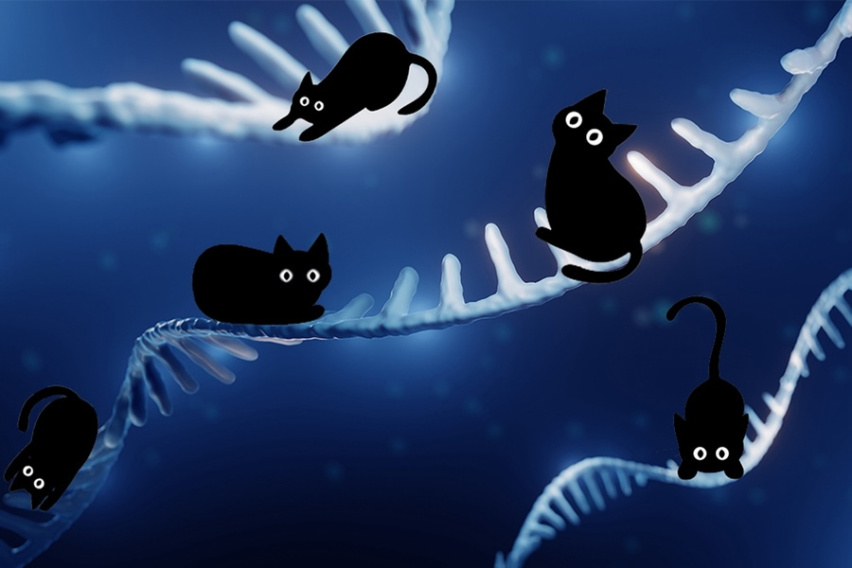MIT Koch Institute
June 28, 2021
Jane Wilkinson is the new Executive Director of the Koch Institute. Building on her 20+ years of experience in scientific operations and alliance management at the Broad Institute, Cereon Genomics/Monsanto, and the Wellcome Trust Sanger Genome Center, Wilkinson will oversee the KI's overall outreach program, helping to build and manage collaborative interactions between the KI and academic, industry, and clinical institutions within and outside of MIT. She looks forward to meeting and working with the Koch Institute's talented community of researchers, collaborators, administrators, and friends.
